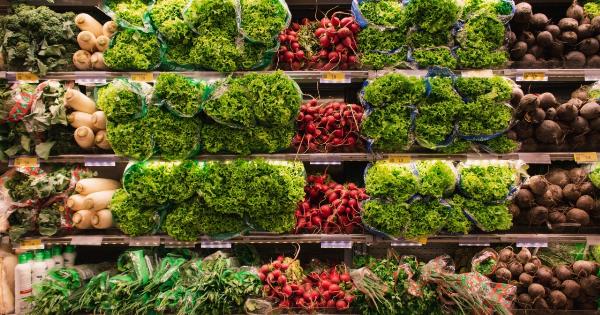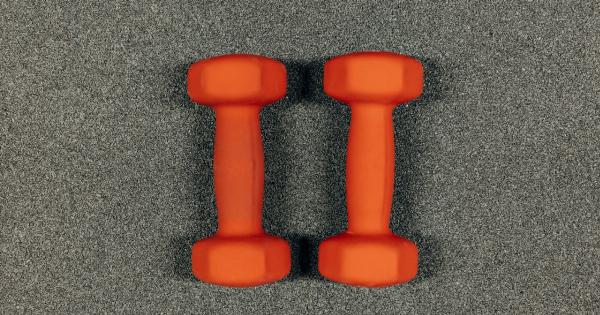For most people, enjoying a beer or a glass of wine can be a relaxing way to unwind after a long day or to socialize with friends and family. But not everyone is aware of the caloric content of their favorite beverages.
Oftentimes, people forget that drinks count towards their daily caloric intake just as much as food does.
In this guide, we will explore how many calories are in beer and wine, and compare them to popular food items to give you a better understanding of the potential impact these drinks can have on your health and weight.
Calories in Beer
Average calorie content in beer is around 150-180 calories per 12-ounce serving. However, some beers can have as much as 300-400 calories in a single can or bottle.
Many factors can determine the calorie content of beer, such as the brewing process, type of ingredients used, and alcohol content. Generally, the higher the alcohol content, the higher the calorie count.
Let’s compare the caloric content in beer to some popular food items:.
- A 12-ounce beer is equivalent to one slice of pepperoni pizza (around 300 calories)
- A pint of beer is equivalent to a cheeseburger (around 600 calories)
- A six-pack of beer is equivalent to a large serving of nachos (around 1,500 calories)
As you can see, consuming beers can quickly add up, and not always in a good way for your body. It is important to be mindful of the calories in every drink you consume and to find ways to balance it out with healthy food choices and regular exercise.
Calories in Wine
Wine is a popular beverage for many people and is often seen as a healthier choice than beer or other spirits. The calorie content of wine can vary greatly depending on the type of wine and the serving size.
On average, a 5-ounce serving of wine contains around 120 calories. However, this can range from as low as 85 calories for a light white wine to as high as 230 calories for a sweet red wine.
Let’s compare the caloric content in wine to some popular food items:.
- A 5-ounce glass of wine is equivalent to one slice of bread (around 100 calories)
- A half bottle of wine is equivalent to a serving of spaghetti carbonara (around 600 calories)
- A full bottle of wine is equivalent to a large serving of lasagna (around 1,200 calories)
While wine may seem like a better choice calorie-wise compared to beer, it is important to note that the alcohol content in wine can be much higher than the average beer.
This means that consuming wine can still contribute to weight gain and other health concerns if not consumed in moderation.
Choosing Healthier Options
If you want to enjoy your beer or wine without worrying too much about the caloric content, there are some things you can do to make healthier choices while still indulging a little.
Here are some tips for choosing healthier beer and wine options:.
- Opt for light beers that have lower alcohol and calorie content
- Choose dry wine over sweet wine to save on calories
- Consider mixing your drinks with soda water or low-calorie mixer
- Try to limit your alcohol consumption to at most 2 glasses of wine or 2 bottles of beer per week
By implementing these tips, you can still enjoy your favorite drinks while maintaining a healthy lifestyle.




























